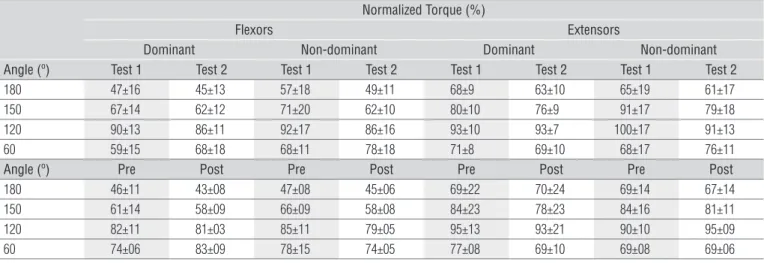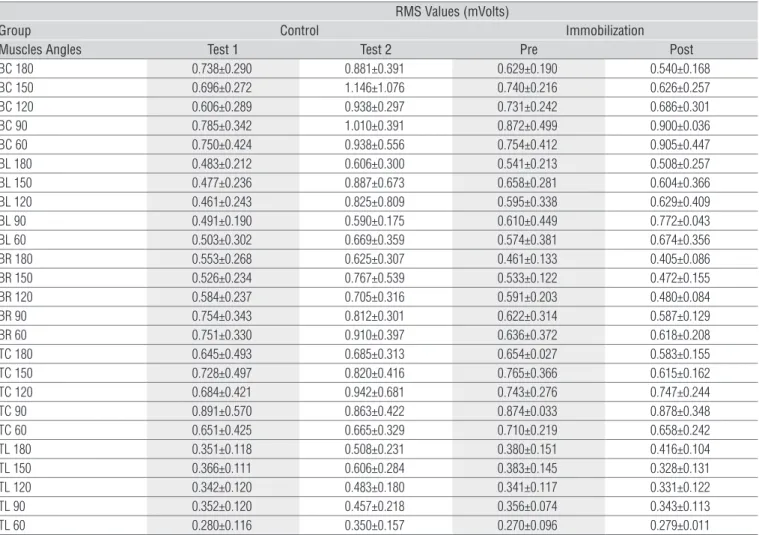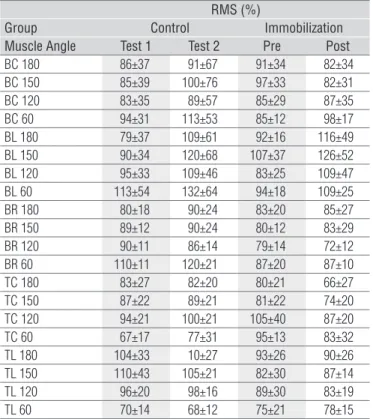Braz. J. Phys. Ther. vol.13 número5
Texto
Imagem




Documentos relacionados
Objective: To carry out a systematic review of the literature on physical therapy interventions and their effect on frail community-dwelling elders. Methods: Systematic review
pose of the present study was to understand the functional capacity of elderly individuals and its relation to the socio- economic and demographic characteristics
The instruments used were the Female Sexual Function Index (FSFI) Questionnaire and the Manual Test of Pelvic Floor Muscle Strength, using the modified Oxford scale to
goals of the present study were to identify the functional dif- ferences between CP children with diferent levels of motor impairment and to investigate the
Foot posture and classification of the plantar arch among adolescent wearers and non-wearers of high-heeled shoes Postura do pé e classificação do arco plantar de
Methods: For inter-rater analysis, 23 physical therapists scored the functional ability of six video-recorded stroke patients during assessment with the Portuguese
In the present study, we assessed the MMG signal during the isometric contraction generated by NMES, using the am- plitude and frequency parameters of this signal (MMG RMS and
herefore, the objective of the present study is to determine whether there is a relationship between physical performance, the number of falls and the
